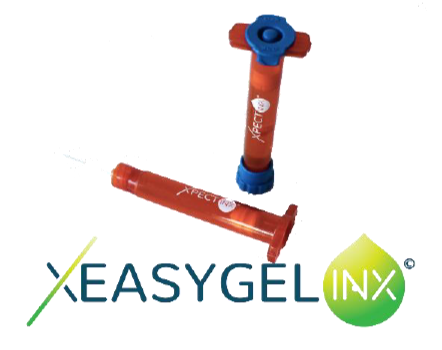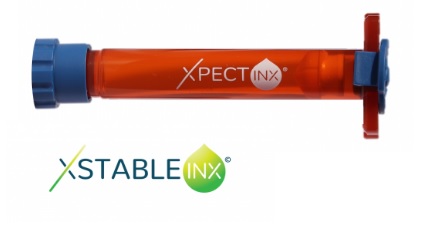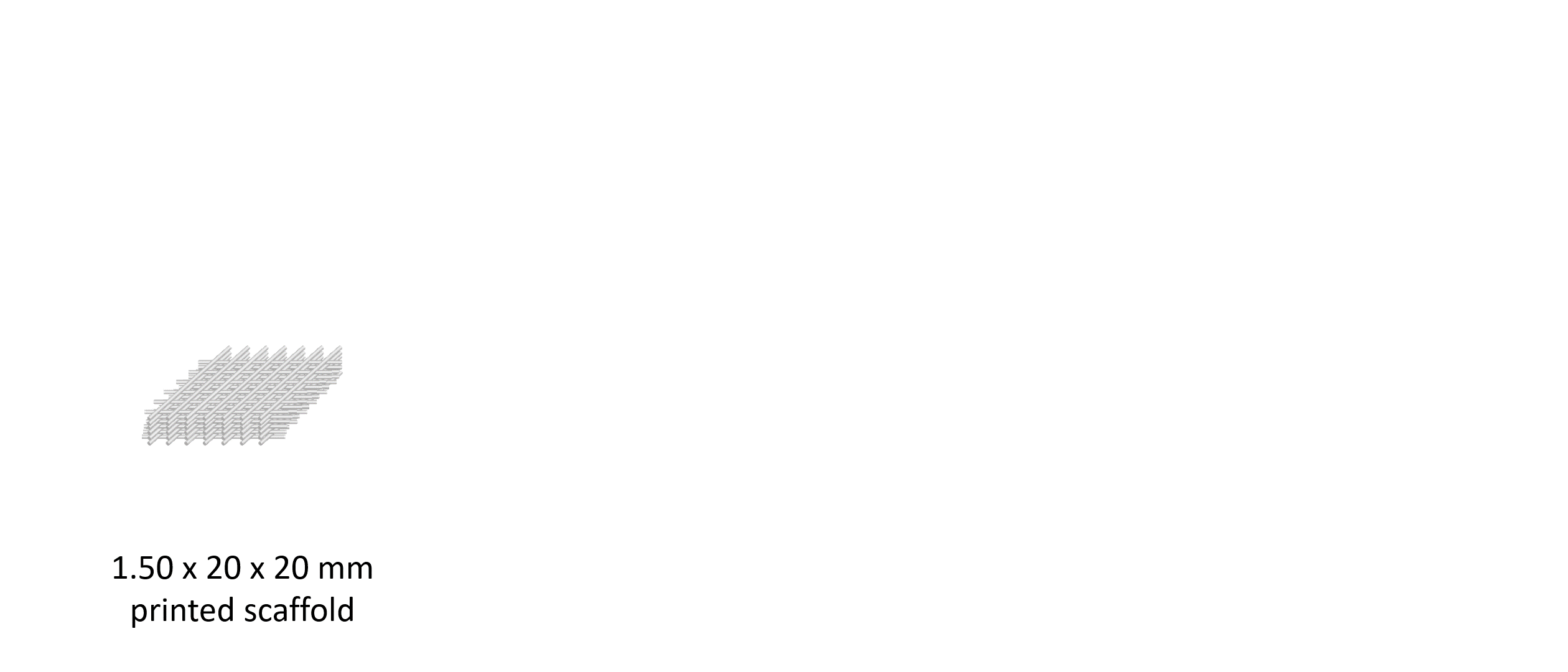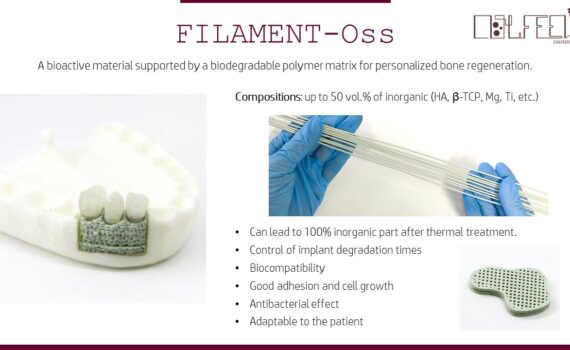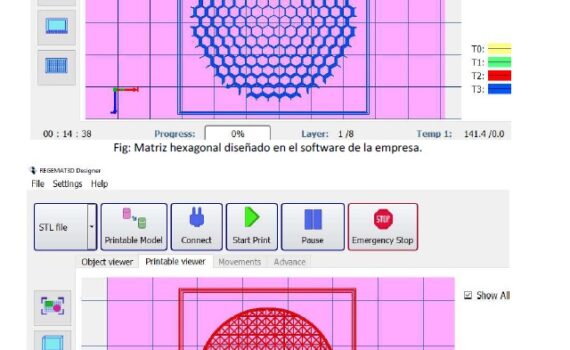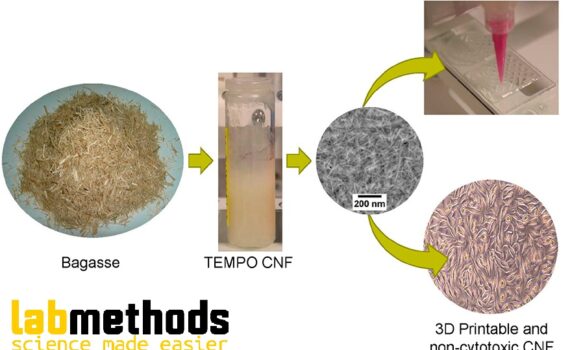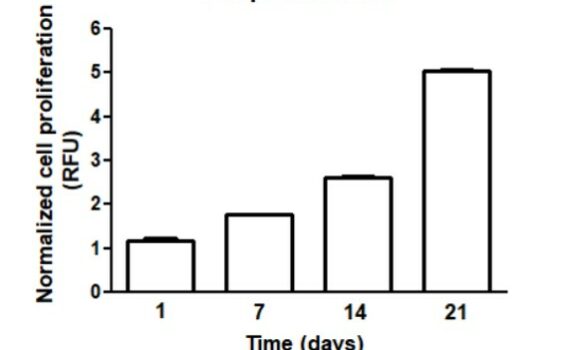+20 In the picture: 👀 99% of cell viability with ColBioink formulation. This material is a native Type I collagen formulation that comes from porcine origin and is in a “ready to print format”. It also ensures that the formed structures can be safely grafted without immune rejection and used […]
Biomaterials
00 “Next generation gelatin-based bio-ink.” Introduction X EASYGEL INX© is a gelatin-based shear thinning, cell-interactive ECM mimicking ink. X EASYGEL INX combines all the benefits of conventional gelatin/gel-MA based inks in combination with a highly improved printing process thanks to its shear thinning behavior, as schematically presented in Figure 1a. […]
+20 “Stability for Long Lasting Support.” Introduction X Stable INX© is a synthetic shear thinning, cell-interactive scaffold ink. X Stable INX allows an easy printing process thanks to its shear thinning behavior, as schematically presented in Figure 1a. At high shear rates, it exhibits a low viscosity which is favorable […]
+30 Facilan™ PCL 100 Filament (MW = 50000 g/mol) was used as 3D printing filament. The scaffolds were designed with the software Regemat3D Designer v1.4.4 and printed using a Regemat3D Bio V1® bioprinter (REG4Life, REGEMAT 3D, Granada, Spain) equipped with a glass bed and a 0.4 mm diameter nozzle. The […]
+30 The printing process of FILAMENT-Oss is carried out by a Fused Filament Fabrication process (FFF/FDM). As any other Additive Manufacturing technique, the FFF creates a physical 3D object from a digital model (usually a CAD representation) which is sliced in layers at consecutive height levels. The process requires of […]
+100 Introduction: Injuries to the knee meniscus commonly lead to osteoarthritis. Current therapies for meniscus regeneration, including meniscectomies and scaffold implantation, do not achieve complete functional tissue regeneration. This has led to increased interest in cell and gene therapies and tissue engineering approaches to meniscus regeneration. The implantation of a […]
+110 In recent years, the development and use of biomaterials has undergone a great advance because they have made it possible to improve people’s life expectancy, improve surgical techniques and, on the other hand, successfully develop implants and medical devices capable of working properly in contact with tissues of the […]
+30 3cc X- gel-Ma INX ready-to-use syringes were loaded and the bioprinted using the V1 REGEMAT3D bioprinter, equipped with the REGEMAT3D Designer Version 1.5, REGEMAT3D, Granada, Spain. Grids having a 10mmx10mm in width and length and 1mmx1mm as pore size were printed directly on the glass for testing purposes. The […]
+30 CNF Nanocellulose gels (2 wt %) were used as inks for 3D printing. The 3D printing was performed with a Regemat3D bioprinter (version 1.0), equipped with the Regemat3D Designer (version 1.8, Regemat3D, Granada, Spain). Grids having a diameter of 20 mm and a height of 2 mm were printed […]
+10 Introduction 3D in vitro models offer a better representation of in vivo conditions, which is translated into differences in cellular morphology, metabolism and functions when compared with cultures in monolayer. To measure such differences, a plethora of indicators can be used; with the alamarBlue assay, levels of oxidation during […]


